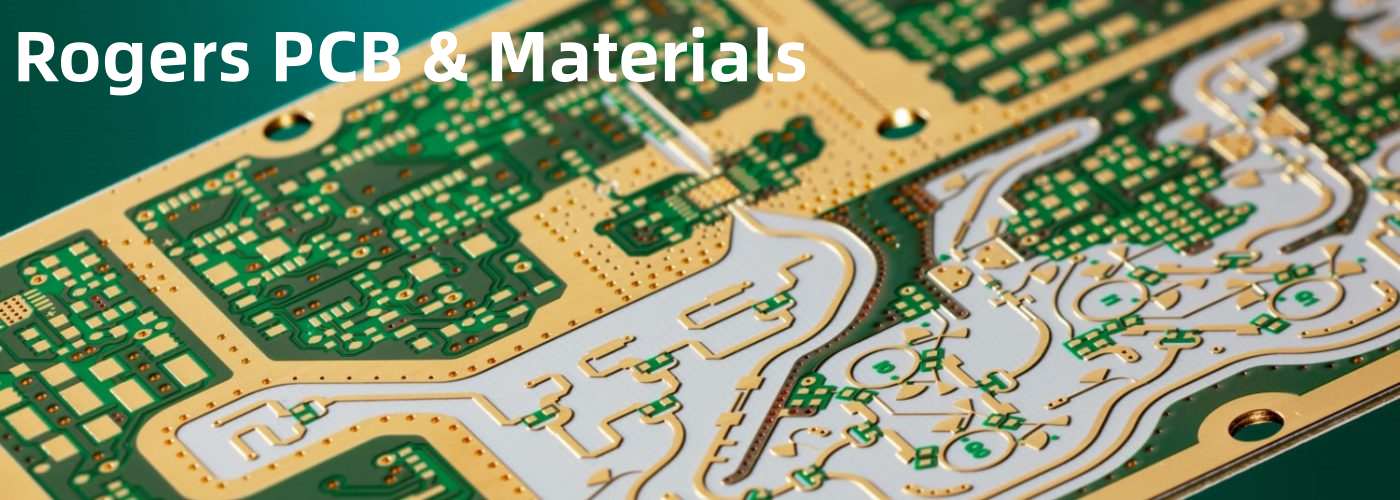Introduction
Rogers Corporation is a leading manufacturer of high-performance printed circuit boards (PCBs) used in advanced electronics and wireless communication systems. Rogers PCB materials, such as RO4000 and RO3000 series laminates and prepregs, are known for their high frequency, low loss, and thermal stability – making them ideal for fabricating boards for radar, satellite, wireless infrastructure and other RF/microwave applications. In this article, we’ll take a closer look at Rogers’ PCB fabrication capabilities and process.
Rogers PCB Materials
Rogers offers a wide range of circuit board materials under the RO4000 and RO3000 families which are designed to meet different frequency, thermal, and cost requirements. Some of the popular materials include:
- RO4350B: Glass microfiber reinforced, high frequency laminate
- RO4003C: Ceramic filled PTFE composite, economy material
- RO4835: Low loss laminate for high frequency applications
- RO3006: Glass microfiber filled, cost-effective high frequency material
These materials exhibit low dielectric loss, tight dielectric constants, and low coefficients of thermal expansion. This makes them suitable for fabricating complex, multilayer PCBs for high frequency and high speed digital designs. The table below summarizes some key properties:
| Material | Dielectric Constant | Loss Tangent |
|---|---|---|
| RO4350B | 3.48 | 0.0037 |
| RO4003C | 3.38 | 0.0027 |
| RO4835 | 3.33 | 0.0031 |
| RO3006 | 6.15 | 0.002 |
Rogers PCB Fabrication Process

Rogers uses advanced fabrication technologies to produce high quality PCBs with excellent dimensional stability and reliability. Some key aspects of their PCB fabrication process include:
Lamination
Rogers laminates are pressed under high pressure and temperature to form homogenous circuit boards without voids. This results in uniform dielectric properties.
Drilling
Boards are drilled using advanced CNC machines to create holes and vias with high precision. Lasers can drill extremely fine holes down to 0.001″.
Metallization
Conductive layers are formed on the PCB through processes like electroless and electrolytic copper plating. Plated through holes (PTHs) connect layers.
Imaging
A photolithography process transfers the PCB design onto the copper layers to form the conductive traces and pads. An advanced solder mask defines solderable and non-solderable areas.
Testing
Rogers uses electrical, mechanical and environmental stress tests to ensure high reliability of the fabricated boards. Testing methods include HASS, thermal stress, vibration, and impedance testing.
Final Finish
Special finishes like immersion silver, immersion tin, or ENIG are applied to protect the copper and facilitate soldering.
Rogers’ PCB Capabilities
With over 50 years of experience, Rogers has developed extensive capabilities to fabricate PCBs for advanced RF and high speed digital applications:
- High layer count – Up to 60-70 layers
- Fine lines and spaces – Down to 2 mil line and space
- High aspect ratio plated through vias – Up to 1:20
- Tight impedance control – +/- 5%
- Quick turn prototypes – As fast as 24 hours -Rigid-flex PCBs – Integrates rigid and flex sections
Rogers provides specialized services like assembly, box-build, custom testing and more to deliver complete PCB solutions tailored to the customer’s requirements. They cater to high-mix, low-to-medium volume applications.
Frequently Asked Questions
What types of designs use Rogers PCBs?
Rogers PCBs are commonly used in RF/microwave communications like radar systems, satellite communication, 5G infrastructure, test and measurement equipment and aerospace/defense electronics. They also find use in high speed digital designs.
How are Rogers PCBs better than FR-4?
Rogers laminates have much lower dielectric loss than standard FR-4 material. This results in higher frequency capability, better signal integrity at high speeds and lower insertion loss in RF circuits.
Does Rogers provide design support?
Yes, Rogers has an applications engineering team that can provide design recommendations, material selection guidance, perform simulations, review designs and more.
What specialized services does Rogers offer?
In addition to PCB fabrication, Rogers provides box-build assembly, RF/microwave and digital design, quick-turn prototyping, testing/validation services and more to deliver complete solutions.
Does Rogers have manufacturing facilities worldwide?
Rogers operates manufacturing sites in North America, Europe and Asia to support PCB fabrication in the region. They have established a global supply chain.

Leave a Reply